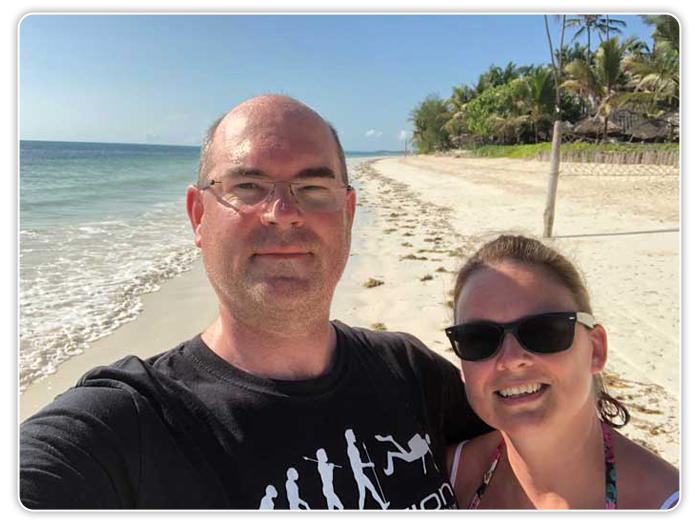If you have a website – and especially if you have a blog – then optimizing your web pages for the search engines is probably at the back of your mind. But if you know anything about SEO (search engine optimization), then you also know there are a lot of pieces and parts you need to snap into place in order to get good rankings.
Good news: this checklist makes it easy to make sure you have all the major factors in order. Check it out…
Install Google Analytics or a similar tool. You need to know where your traffic is coming from and how it’s navigating around your site.
Use a keyword tool (such as MarketSamurai.com or your favorite tool). This will help you select the best words around which to optimize your content.
Check your domain for keywords (and if you’re buying a domain, try to include a keyword when it’s natural to do so). Keep in mind you can also buy a brandable name, and then optimize for that name.
Use established domains. Don’t keep switching domain names, as longer-established names are given a higher preference in the search engines.
Create meta-tags. Though not used by all search engines, inserting keywords and descriptions in your meta tags can help your site get found and clicked on in the search engines.

Consider page names and links. Include keywords when possible.
Include keywords in your navigation menus. This also includes using keywords as your category titles on your blog.
Include keywords in other internal links. (Such as when you link to another page from within an article.)
Insert keywords into content at a rate of 1% to 2%. So for every 100 words of content, your keywords should appear once or twice.
Check your site for broken links, poor HTML coding, broken scripts, etc. These will lower your ranking in the search engines.
Be sure your site is mobile friendly. Search engines like Google give higher preference to sites with responsive themes and other mobile-friendly features (such as links that are spread far apart for easy tapping).
Check that your site loads fast. And if it doesn’t, then optimize images, clean up the code, and make sure you don’t have unnecessary scripts and other features running when someone lands on the page.
Get inbound links naturally using viral content, authority content, etc. Whatever you do, don’t buy links, as this is likely to get you penalized in the search engines.
Write for humans first, bots second. It does you no good to create content for bots if the humans who visit aren’t engaged, so prioritize your human visitors.
Keep abreast of SEO changes. You might follow sites like SearchEngineWatch.com.
Conclusion
SEO is an often-changing landscape, but the above checklist includes the “tried and true” factors that are likely to stand the test of time. Bottom line: include your keywords on your web pages without spamming/stuffing, write for humans first, and make sure you have clean code and a fast-loading site.

You Could Be Just One Simple Letter Away From The End Of All Your Financial Worries...
... And If You Enter Your Mailing Address Below I Can Show You Exactly How To Write It!
Privacy Policy: We value your privacy. You can unsubscribe from receiving future emails with 1 click at any time.


